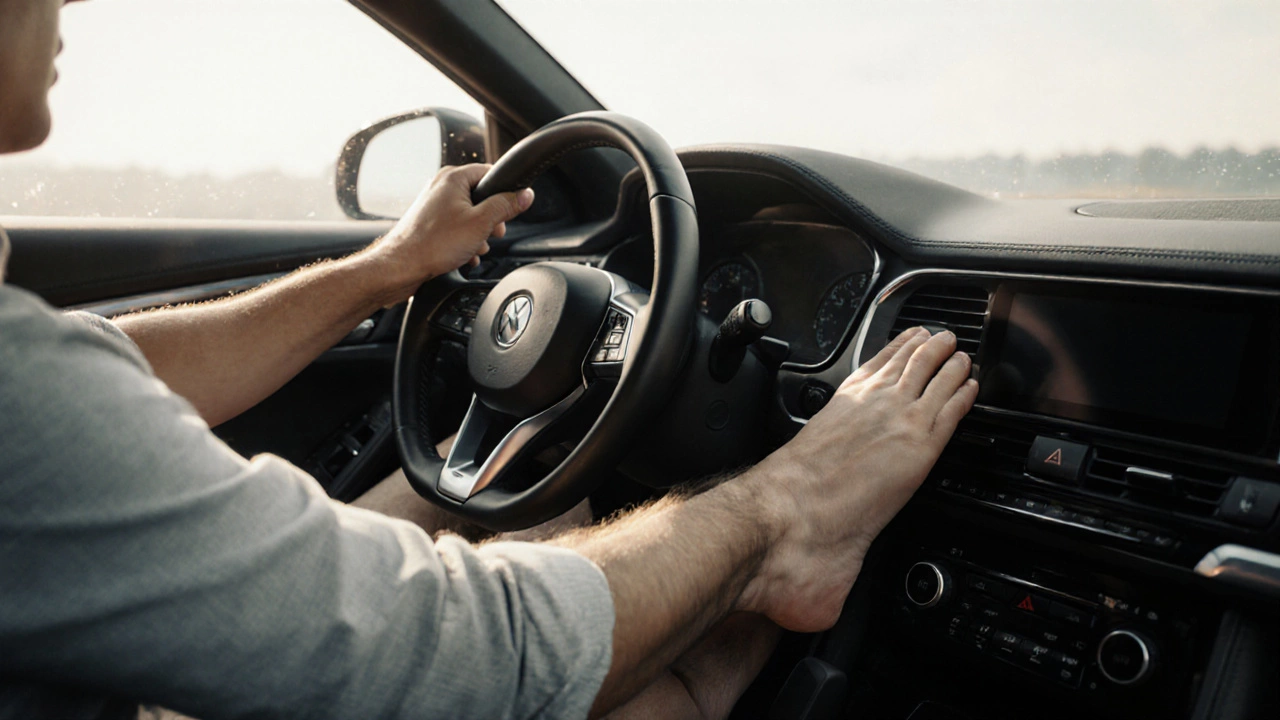Automatic Car Driving: What You Need to Know About Automatic Transmissions
When you think about automatic car driving, a way of operating a vehicle where the gearbox shifts gears without driver input. Also known as drive-by-wire driving, it’s become the default choice for most new drivers in the UK—not because it’s easier, but because it’s simpler, safer, and increasingly the norm on modern roads. Unlike manual cars, where you press a clutch and shift gears yourself, automatic cars handle all that for you. You just select Drive, Brake, or Park—and go. No clutch pedal. No gear stick fumbling. Just smooth, steady control.
This shift toward automatic transmission, the system in a vehicle that changes gears without manual intervention isn’t just about convenience. It’s reshaping how people learn to drive. In the UK, more learners are skipping manual entirely, especially those focused on commercial driving careers. Why? Because most HGVs, delivery vans, and fleet vehicles now come with automatic gearboxes. If you’re training to become an HGV driver, you’ll likely be tested and licensed in an automatic. And once you pass, your license will be restricted to automatic vehicles only—unless you later take a manual test.
But here’s the thing: automatic vs manual, the two main types of vehicle transmission systems isn’t just a technical difference—it affects your training path, your confidence, and even your job options. Some employers still prefer drivers with manual experience, especially for long-haul or off-road roles. But for city delivery, waste collection, or warehouse logistics, automatic is often the only vehicle you’ll ever need to drive. And if you’re nervous behind the wheel, automatic can cut down on mental overload. No more worrying about stalling on a hill or missing a gear in heavy traffic.
What you’ll find in this collection isn’t just theory. These posts dig into real-world questions: How many times can you retake your driving test if you’re learning in an automatic? Is the road test harder in an automatic? What do examiners look for when you’re not touching a clutch? You’ll see how people in California, New Zealand, and the UK are adapting their training to match today’s vehicles. And you’ll get straight answers about what’s required, what’s optional, and what actually matters on test day.
Whether you’re starting from scratch or switching from manual to automatic, the goal is the same: drive safely, pass confidently, and get on the road without unnecessary stress. The machines have changed. The rules haven’t. But now you know exactly what to focus on.
- November 8 2025
- 0 Comments
- Rowan Cavendish
Do You Use Both Feet When Driving an Automatic Car?
Learn why using both feet when driving an automatic car is risky, what experts recommend instead, and how switching to right-foot-only braking improves safety and reduces wear on your vehicle.
- Driving Lessons (41)
- HGV Training (31)
- Driving Test Tips (31)
- Driving Test Booking (26)
- Driving Licence Renewal (23)
- Driving Theory Test (21)
- Pass Plus Course (15)
- Driving Tips (15)
- Intensive Driving Course (15)
- Driver Licensing (14)
Categories
- December 2025 (12)
- November 2025 (13)
- October 2025 (21)
- September 2025 (5)
- August 2025 (8)
- July 2025 (30)
- June 2025 (30)
- May 2025 (30)
- April 2025 (31)
- March 2025 (30)
- February 2025 (28)
- January 2025 (34)
Archives
- driving lessons
- driving test
- driving tips
- intensive driving course
- driving test tips
- HGV training
- learn to drive
- driving theory test
- driver training
- driving test booking
- pass driving test
- HGV driving
- road safety
- driving license renewal
- Virginia driving test
- learner drivers
- safe driving
- Virginia driver's license
- driving license
- learning to drive

